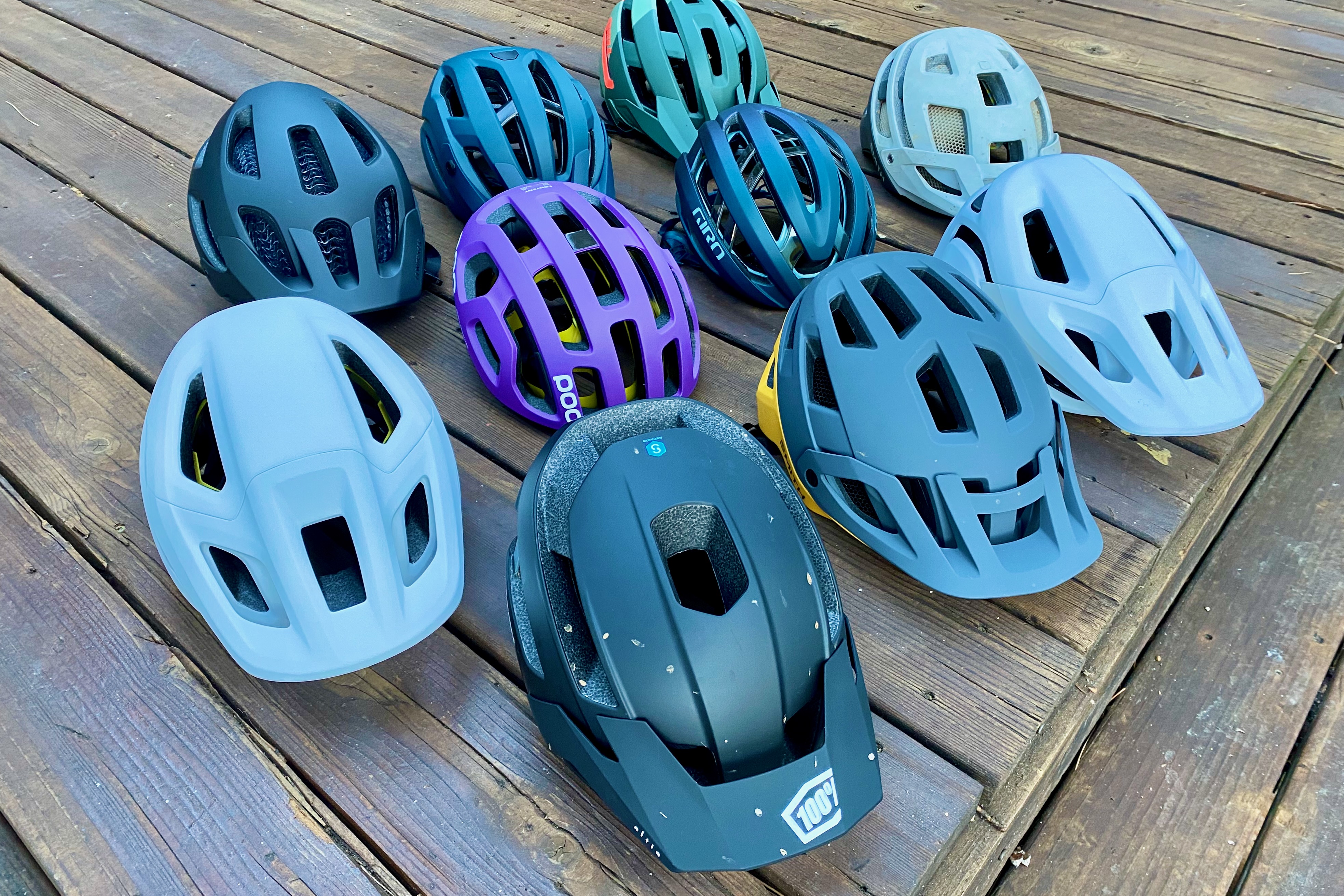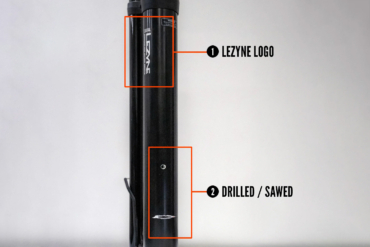It’s easy to assume that laying out more cash for a bicycle helmet will buy you more safety. But a new study from the Imperial College of London says otherwise.
Bike helmets range widely in price, some being well under $100 and others clocking in at $400. Serious cyclists understand that much of the price difference stems from improved aerodynamics, ventilation, and reduced weight. And even I admit I’ve shelled out unnecessary dollars to get what I think is “cool.”
However, a helmet’s primary job is to protect your head, and the study published yesterday reveals that lightening your wallet further doesn’t necessarily lead to a safer choice.
Bike Helmet Safety Study Protocol and Raw Results
Researchers at the Imperial College of London tested 30 helmets popular in the U.K. However, most are readily available in the United States. All helmets tested were size medium.
The helmets were tested for oblique impacts at 45 degrees onto an anvil at 6.5 m/s. Impact measurements were taken in four locations: front, rear, side, and front/side.
The researchers measured four different impact values. They used two of these values to estimate the risk of skull fracture and diffuse brain injury. The mean between these two estimations was used for “overall risk.” In this study, a higher score translated to a greater risk of injury.
The study showed that the overall risk range was significant; the most protective helmet produced an overall risk value of 2.25 times less than the least protective. The impact values also varied widely, with some high values being several multiples of the low values.
Nine of the highest-scoring helmets have rotational impact management (MIPS), but not all helmets with MIPS were among the best performing. Three helmets in the study had MIPS and non-MIPS versions. The researchers found that MIPS indeed lowered the severity of rotational impacts but had no effect on linear impacts.
Heavier helmets were associated with higher linear impact risk.
Overall, the study found no significant relationship between helmet price and exposure-adjusted injury risk. The published results can be found in the Annals of Biomedical Engineering.
The Consumer Version of the Study
The Hiper (Helmet Impact Protection Effectiveness Rating) website distills the research study into a format that consumers can understand. It ranks each bike helmet with a 0 to 5 rating, with 5 being the best.
This rating system relies on data gathered from 21 papers examining specific head injuries in bicycle accidents and covering approximately 90,000 cyclists. The reports span the entire range of head injuries:
- Skull fracture
- Damage to the blood vessels located between the skull and brain (extradural hemorrhage, subdural hematoma, subarachnoid hemorrhage)
- Damage to the superficial layers of the brain (contusions)
- Damage to the deep structures of the brain (diffuse axonal and vascular injuries)
Linear forces are directly linked to injuries like skull fractures, superficial bleeding, and contusions, while rotational forces are associated with diffuse brain injuries. The Hiper score uses the average risk from both types of forces and combines it with a weighted multiplier for each impact location.
The amount of bias for each location was determined by a meta-analysis of 1,809 head impacts from 10 different studies of real-world cycling accidents.
Money vs. Safety
The study’s best-performing helmet, with a score of 4.4, is the Specialized Tactic MIPS. It has an MSRP of $120. In contrast, an aero helmet (that I think is “cool”), the ABUS Gamechanger, only scored a 2.08. It carries an MSRP more than double that — $250.
The study and Hiper site results revolve only around the safety estimates. Bike helmet prices reflect other factors, such as aerodynamics, ventilation, weight, and style.
However, the safety aspect is the primary concern for most cyclists, and the study and Hiper site are welcome references to help guide your bike helmet purchase.








